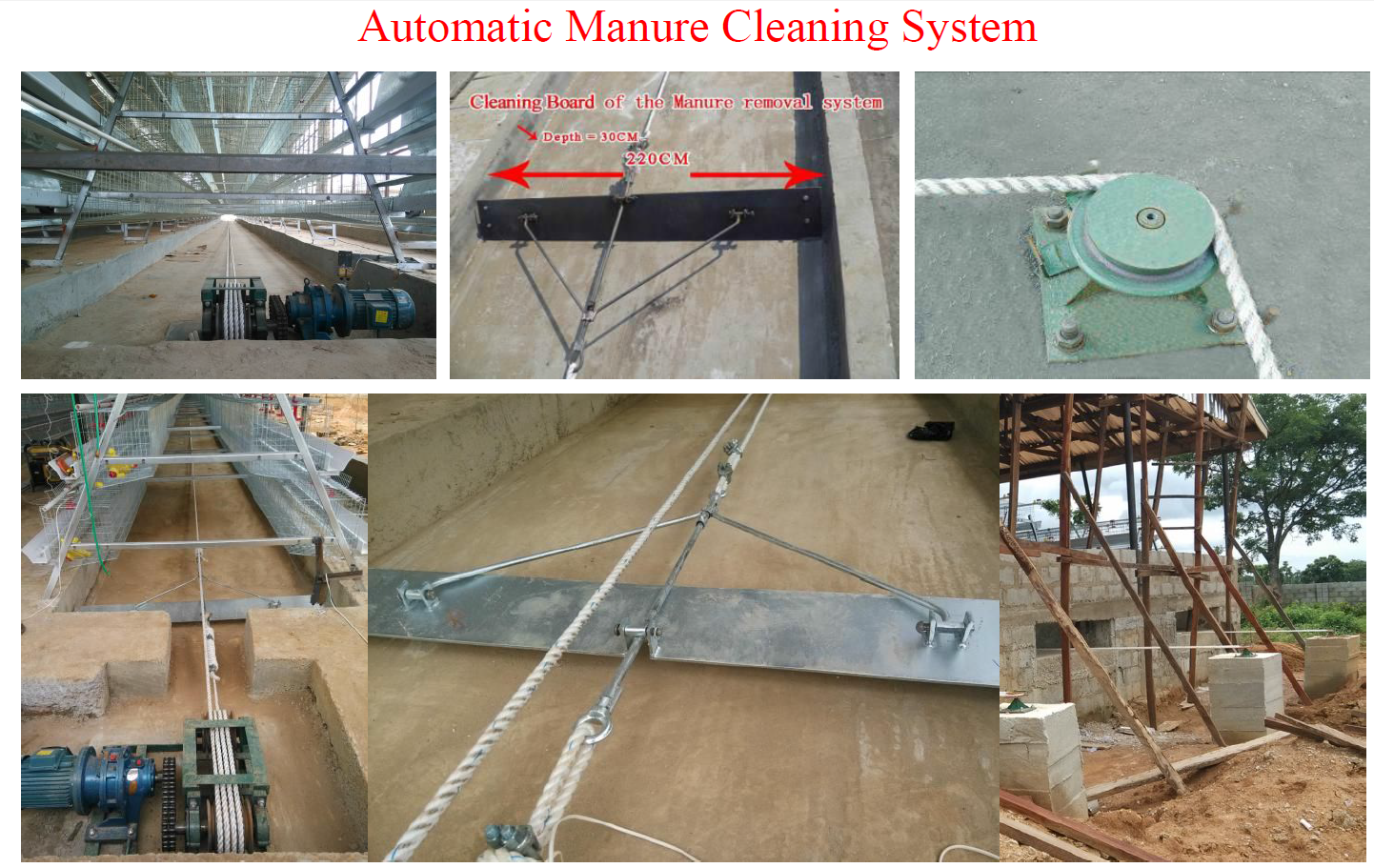exhaust fan for poultry
Nov . 17, 2024 15:06 Back to list
exhaust fan for poultry
Exhaust Fans for Poultry Enhancing Air Quality and Livestock Health
In the modern poultry industry, maintaining optimal environmental conditions is crucial for the health and productivity of livestock. One of the essential components of creating a suitable atmosphere in poultry housing is the installation of exhaust fans. These systems significantly contribute to improving air quality, regulating temperature, and ensuring the overall well-being of the birds.
Importance of Air Quality in Poultry Farming
Air quality in poultry houses directly impacts the health and growth of the birds. Poor air quality can lead to an accumulation of harmful gases such as ammonia and carbon dioxide, which can cause respiratory distress and various health issues in poultry. Additionally, high humidity levels can result in the proliferation of pathogens, leading to outbreaks of diseases. Thus, ensuring proper ventilation through exhaust fans is fundamental to mitigating these risks.
How Exhaust Fans Work
Exhaust fans are designed to expel stale air from the poultry house while facilitating the entry of fresh air. Typically, these fans are installed at strategic locations, such as the highest point of the building, to promote efficient airflow. As the fans operate, they create a negative pressure within the house, allowing fresh air to enter through openings, such as side vents or other passive air inlets.
The effectiveness of exhaust fans depends on various factors, including their size, type, and the overall design of the poultry house. For instance, larger fans can move greater volumes of air, making them suitable for high-density housing. Moreover, variable speed fans enable farmers to adjust airflow based on the specific needs of the flock, particularly during extreme weather conditions.
Benefits of Using Exhaust Fans
exhaust fan for poultry

1. Temperature Regulation Exhaust fans play a vital role in regulating the temperature inside poultry houses. During hot weather, these fans help remove excess heat, maintaining a comfortable environment for the birds. This temperature control is crucial for preventing heat stress, which can lead to reduced feed intake, lower egg production, and increased mortality rates.
2. Humidity Control High humidity levels can be detrimental to poultry health. Exhaust fans facilitate the removal of moisture-laden air, helping to maintain optimal humidity levels within the housing. This control not only promotes better bird health but also reduces the risk of mold growth and pathogens associated with high moisture environments.
3. Odor and Gas Reduction The accumulation of ammonia and other noxious gases can create unpleasant odors in poultry houses, affecting both bird health and surrounding communities. Exhaust fans efficiently remove these gases, contributing to improved air quality and a more pleasant environment for both livestock and farmworkers.
4. Enhanced Biosecurity By promoting a constant flow of fresh air, exhaust fans help reduce the risk of disease transmission in poultry houses. Proper ventilation minimizes the potential for airborne pathogens to thrive, thereby enhancing the overall biosecurity of the farm.
Energy Efficiency and Automation
Modern exhaust fans come equipped with energy-efficient motors and advanced control systems that allow for automation. This technology enables farmers to optimize fan operation based on real-time environmental conditions. For instance, temperature and humidity sensors can trigger fan activation, ensuring that the ventilation system operates only when necessary, thereby conserving energy and reducing operational costs.
Conclusion
In conclusion, exhaust fans are an indispensable element of effective poultry management. Their ability to enhance air quality, regulate temperature, control humidity, and promote biosecurity makes them essential for maintaining the health and productivity of poultry flocks. As the poultry industry continues to adopt more advanced technologies, the incorporation of efficient exhaust ventilation systems will play a significant role in ensuring sustainable farming practices. By investing in high-quality exhaust fans, poultry producers can not only improve the welfare of their livestock but also increase productivity and profitability, ultimately contributing to a more resilient food supply chain.
-
Automatic Feeding Line System-Pan Feeder Nipple Drinker|Anping County Yize Metal Products Co., Ltd.
NewsJul.29,2025
-
Hot Sale 24 & 18 Door Rabbit Cages - Premium Breeding Solutions
NewsJul.25,2025
-
Automatic Feeding Line System Pan Feeder Nipple Drinker - Anping County Yize Metal Products Co., Ltd.
NewsJul.21,2025
-
Automatic Feeding Line System Pan Feeder Nipple Drinker - Anping County Yize Metal Products Co., Ltd.
NewsJul.21,2025
-
Automatic Feeding Line System - Anping Yize | Precision & Nipple
NewsJul.21,2025
-
Automatic Feeding Line System - Anping Yize | Precision & Nipple
NewsJul.21,2025






